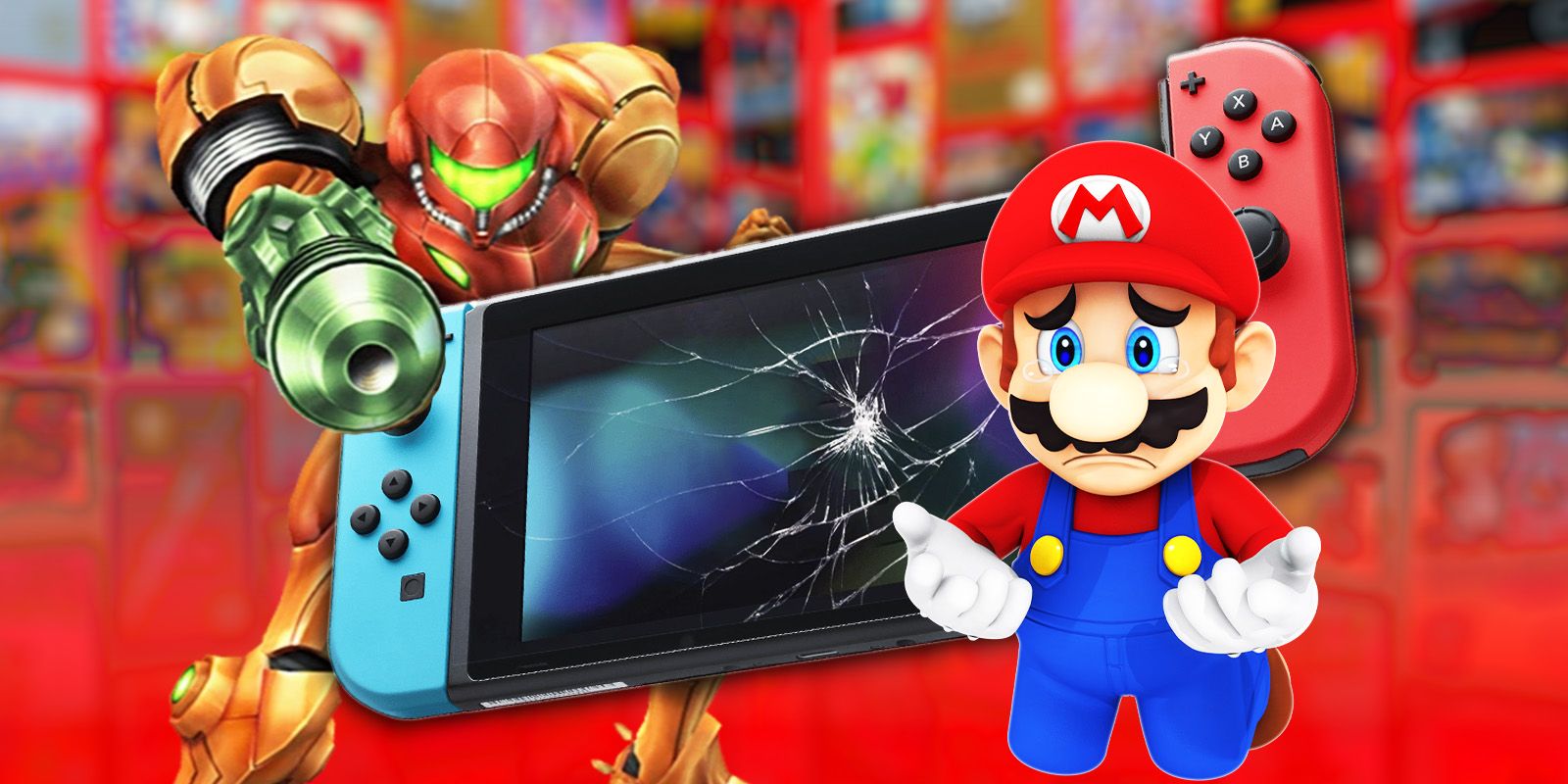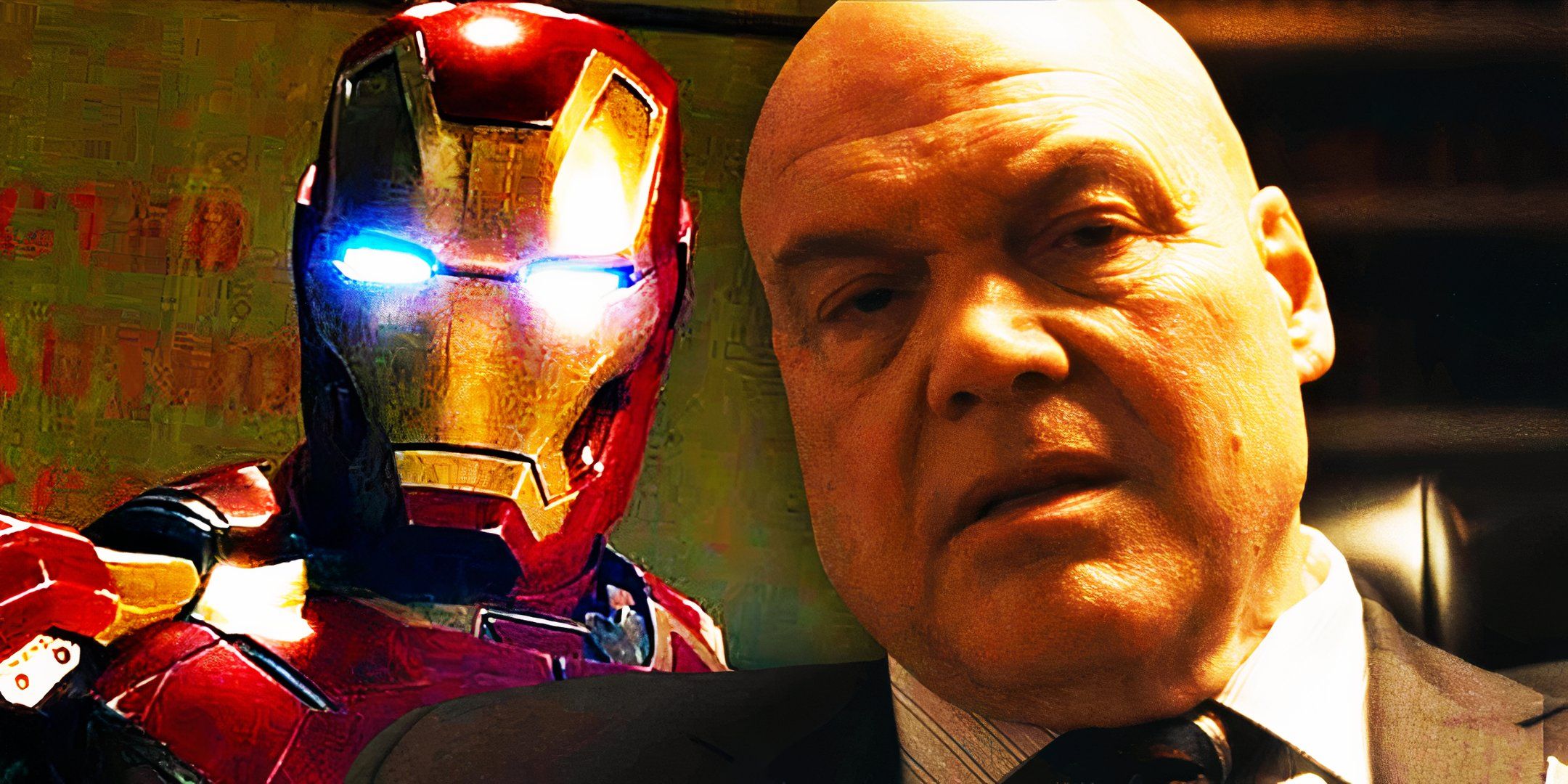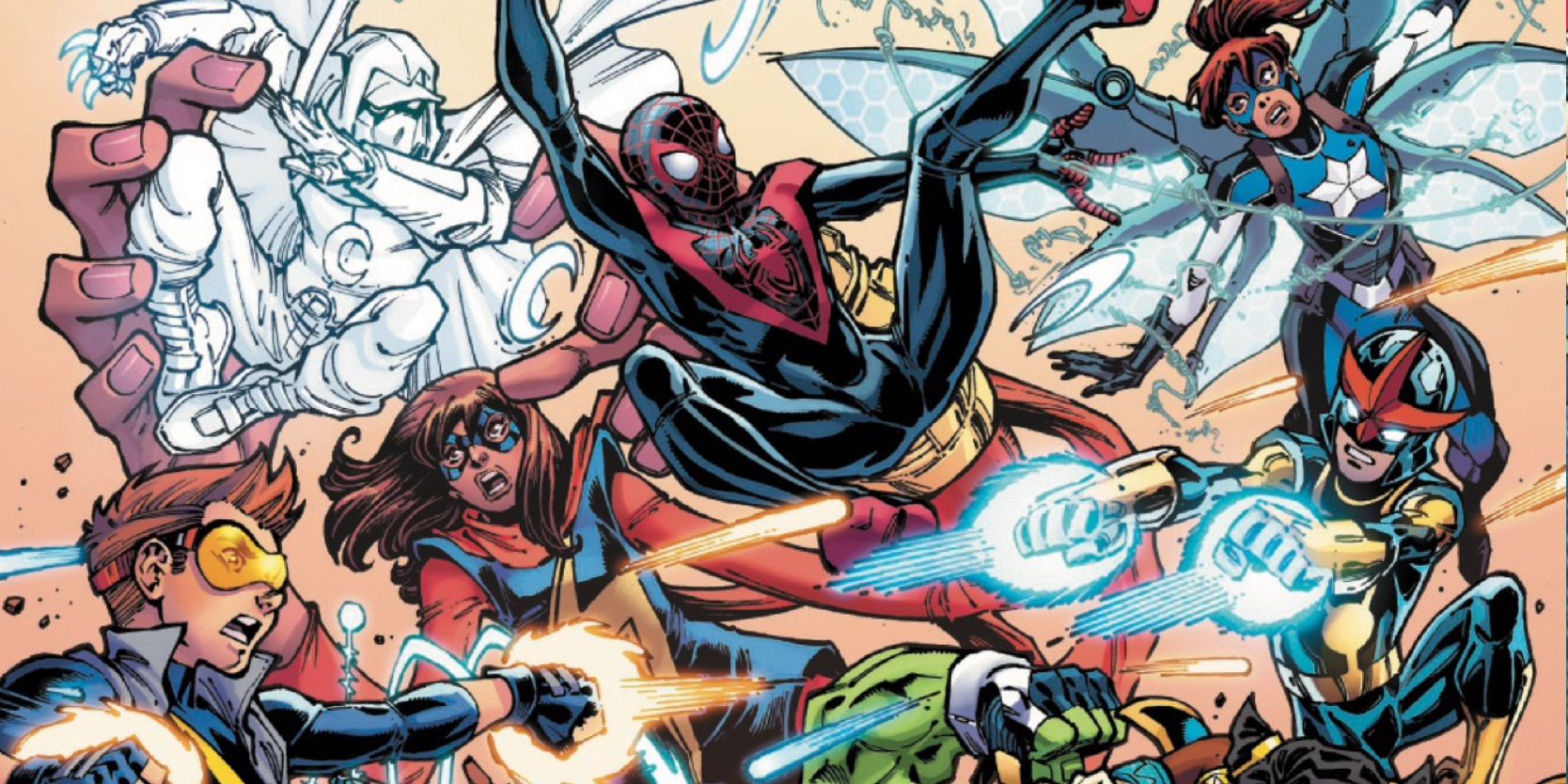Latest Nintendo Switch 2 Rumors May Be Bad News For The Console
Summary Switch 2 rumors hint at potential lag behind competitors due to outdated technology, posing a challenge for Nintendo.
Latest rumors suggest Switch 2 may use Samsung's 5th Gen V-NAND, offering improvements but falling short of other ninth-gen consoles.
Despite potential spec upgrades, Switch 2 could still struggle against rivals like PS5 and Xbox Series X/S if not on par.
The latest rumors about the Nintendo Switch 2 could be a bad sign for the console's eventual release. Rumors around the Switch 2 have been mounting for a while now. After all, it's been seven years since the original Switch came out. Despite the later release of the upgraded OLED model, the Switch family has been seriously outpaced by ninth-generation home consoles like the PS5 and Xbox Series X/S. The Switch 2 needs serious changes to keep up.
Many Switch 2 rumors have centered on solutions to the first generation Switch's problems, including its relatively low processing power and its common hardware issues. The latest is no different. But while previous Switch 2 rumors have promised huge launch titles, specs to rival home consoles, and everything else fans of the handheld could desire, the latest looks like bad news. Even if it's an upgrade over the original Switch, if this rumor is true, it could put the Switch 2 far behind its competitors.
Related It's Time To Let Go Of Zelda: Wind Waker & Twilight Princess On Nintendo Switch The perfect Switch ports probably aren't happening, but that sad fact doesn't mean that these classic Zelda games will never be seen again.
Rumor Has It The Switch 2 Uses Samsung's Fifth Generation V-NAND SSD
Partial Specs For The Switch 2 May Have Been Leaked
Close
According to a video posted to YouTube by Doctre81, the Switch 2 may use Samsung's fifth-generation V-NAND flash memory technology. The rumor comes from the LinkedIn page of a former Samsung Electronics employee, whose resume states that they led a team of 15 engineers working on a "NAND Flash Controller device (for Nintendo game card)."
Since the former employee's responsibilities and achievements are listed in the same order, it's possible to match each project to its product by cross-referencing the two. Later on the same page, the former employee mentions having worked on a fifth-generation Samsung V-NAND flash controller. This matches up with the order in which Nintendo appears in the list of employment experience.
Flash memory is a fancy way of describing certain types of internal storage. It's the "flash" in USB flash drives, but the technology is also used in things like solid state drives and SD cards. Flash memory is what most of a console's data is stored on, from games to save files to the operating system itself. Flash memory is used, in one form or another, in most modern devices. It's especially suited for use in portable storage solutions and handheld consoles, since it can be read quickly and its natural shock resistance makes it safe for transport.
Related New Patent Teases Nintendo Switch 2 May Have A Solution To Infamous Dock Problem A new patent has suggested Nintendo may be looking into fixing one of the Nintendo Switch's biggest dock problems for its upcoming console.
Now, the first-generation Switch already uses NAND technology. However, V-NAND is a relatively new advancement in the world of flash memory, and is already an inherent upgrade over the original Switch. But the numbers don't lie, either: the original Switch's maximum read speed is 300 megabytes per second, while Samsung's fifth-generation V-NAND maxes out at 1.4 gigabytes per second. A system with that V-NAND module would be able to read data over four times as fast as the original Switch. That means faster loading times, and greater capabilities when it comes to running more mechanically demanding games.
Why It's Bad News For The Switch 2
The fifth-generation Samsung V-NAND is all well and good, but here's the problem: Samsung has already long since moved on from the fifth generation, and has already begun mass production of the ninth generation of its V-NAND modules. Where the fifth generation maxes out at read speeds of 1.4 GB/s, the ninth reports more than double that speed - up to 3.2 GB/s.
Of course, not every console needs to have all the latest and greatest technology installed inside it. There are other considerations, especially for a handheld. Battery life, and portability are just as important as internal specs - if a handheld console can't easily be transported, or its battery dies too quickly, it has failed at its main function. Plus, due to the original Switch's accessible, family-friendly image, any successor would have to consider price (and therefore manufacturing costs) when choosing hardware.
Related Pokémon Legends: Z-A Might've Confirmed At Least One Switch 2 Rumor One detail in Pokémon Legends: Z-A’s teaser trailer may have also quietly confirmed a popular rumor about the Nintendo Switch 2’s capabilities.
But these lackluster specs would put the Switch 2 behind its major competitors on today's market. For contrast, the Xbox Series X's internal SSD boasts a read speed of 2.4 GB/s. The PS5's runs at 5,500 GB/s. It's not unheard of for a handheld console to have slightly less powerful specs compared to concurrent home consoles. But Sony has a handheld remote play device, the PlayStation Portal, already on the market. And a rumor suggests that Microsoft could worm its way into the market with a handheld Xbox console.
These devices get around the usually lower specs of handheld devices by offering options for remote play. The PS Portal can run PS5 games as long as it's connected to the same Wi-Fi network, and a handheld Xbox console would doubtless be able to connect to Xbox Cloud Gaming and its library of 300-plus PC and console games. Between their portability and their ability to play home console games, the PS Portal and as-yet-unconfirmed Xbox handheld could prove a major threat to the Switch 2, especially if it has lower overall specs.
The PS Portal still can't run games natively; it requires an internet connection to a PS5.
Nintendo often falls back on its proprietary games, things like Mario, The Legend of Zelda, and Animal Crossing that players can't purchase on any other console. But console exclusivity is gradually becoming a thing of the past. The kind of low-spec, indie games that previously did so well on the Switch are making waves on Xbox Game Pass now. If Microsoft puts out a handheld, the expanding variety of the Xbox library could prove a threat to the Switch 2. Players would be able to enjoy huge AAA releases, innovative indie gems, and classic console games all in one bundle.
But for the time being, this is only a rumor. The Switch 2 hasn't even been announced yet, let alone had its specs finally confirmed. There's no telling for sure whether the fifth-generation Samsung V-NAND is the final decision for the Switch's hardware. There may even still be time for Nintendo to switch to a later generation of flash memory technology. And even if it doesn't, a less powerful V-NAND might not be the end of the world. Still, it seems like a bad omen for the yet-unconfirmed successor to the Nintendo Switch.
Source: Doctre81/YouTube











COMMENTS